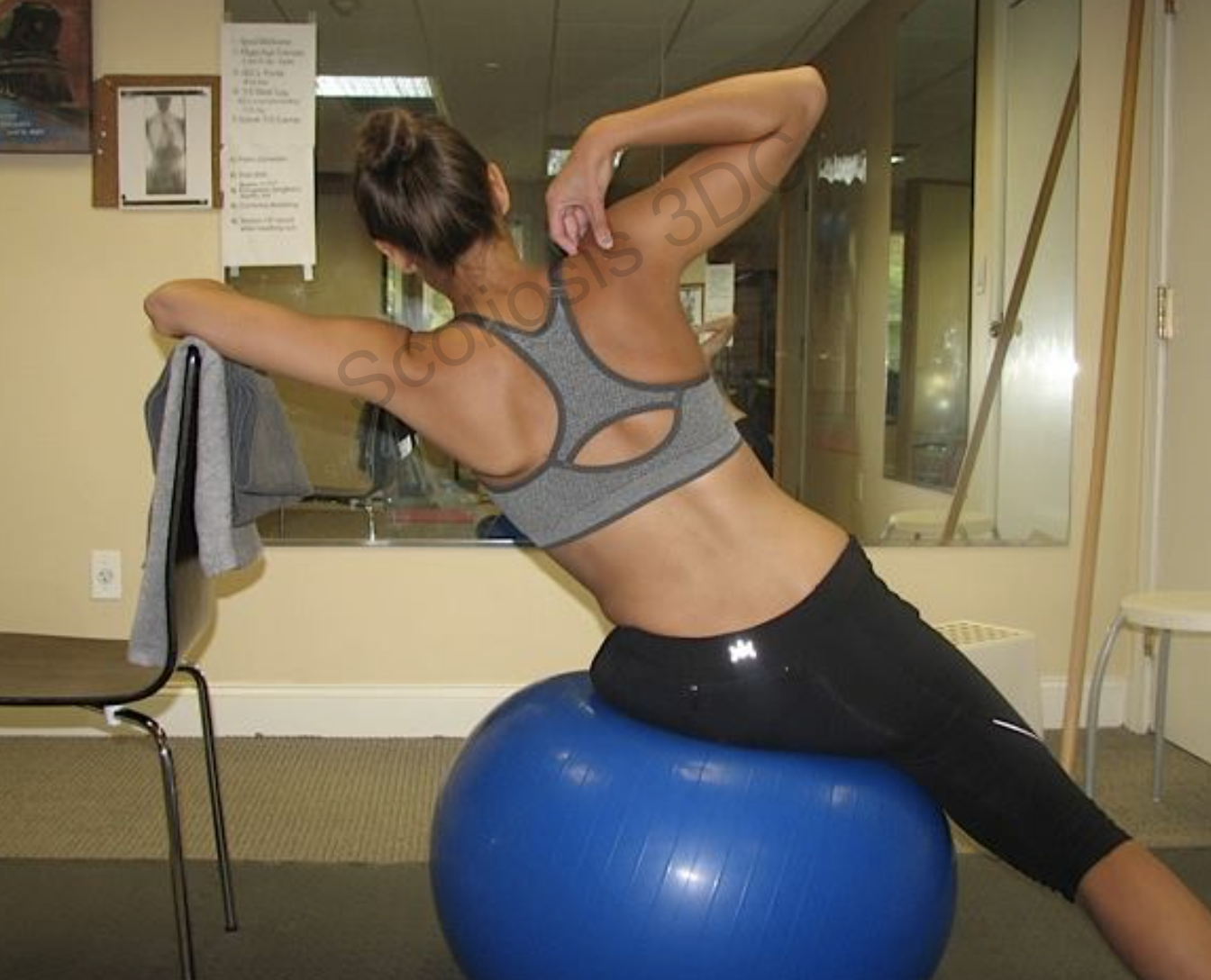In a recent NSF forum, someone queried what a scoliosis patient might do to breathe easier. The Schroth Method breathing exercises for scoliosis can help patients improve respiratory function. In my clinical experience, patients with thoracic curves, whether adolescent or adult, have experienced improved pulmonary function after incorporating Schroth scoliosis exercises into daily life.

Last May, I created a poster for the SOSORT conference in Lyon, France, showing a case study of an adult patient who, in just three months, improved chest expansion by 20% and lung capacity by 18%. (Poster) In fact, nearly every one of my patients with a thoracic curve, who practices Schroth scoliosis exercises regularly, has experienced some degree of pulmonary improvement, some quite substantially. The poster demonstrates how the Schroth Method is beneficial for adults experiencing pulmonary difficulties due to scoliosis, but, in my opinion, this fact speaks to the importance of teaching the Schroth Method to adolescents with scoliosis. Adolescents should learn how to manage their scoliosis for a variety of reasons, but none are more important than reducing the possibility of respiratory dysfunction as aging occurs. Quite often, adolescent patients have reported that their overall endurance and endurance during sports activities has improved significantly once Schroth is part of their routine.
Schroth scoliosis exercises are effective for improving pulmonary function because the patient learns to alter the abnormal position of the spine and rib cage. As a result of restricted rib mobility (ex: shortened intercostal space), frequently, there is impaired breathing on the concave side. Addressing the rib cage deformity and improving rib mobility, via derotation, while breathing, is what allows for improved lung ventilation on the collapsed side.
If pulmonary impairment due to scoliosis is one of your concerns, consider the Schroth method and its potential to improve breathing dysfunction resulting from scoliosis.

